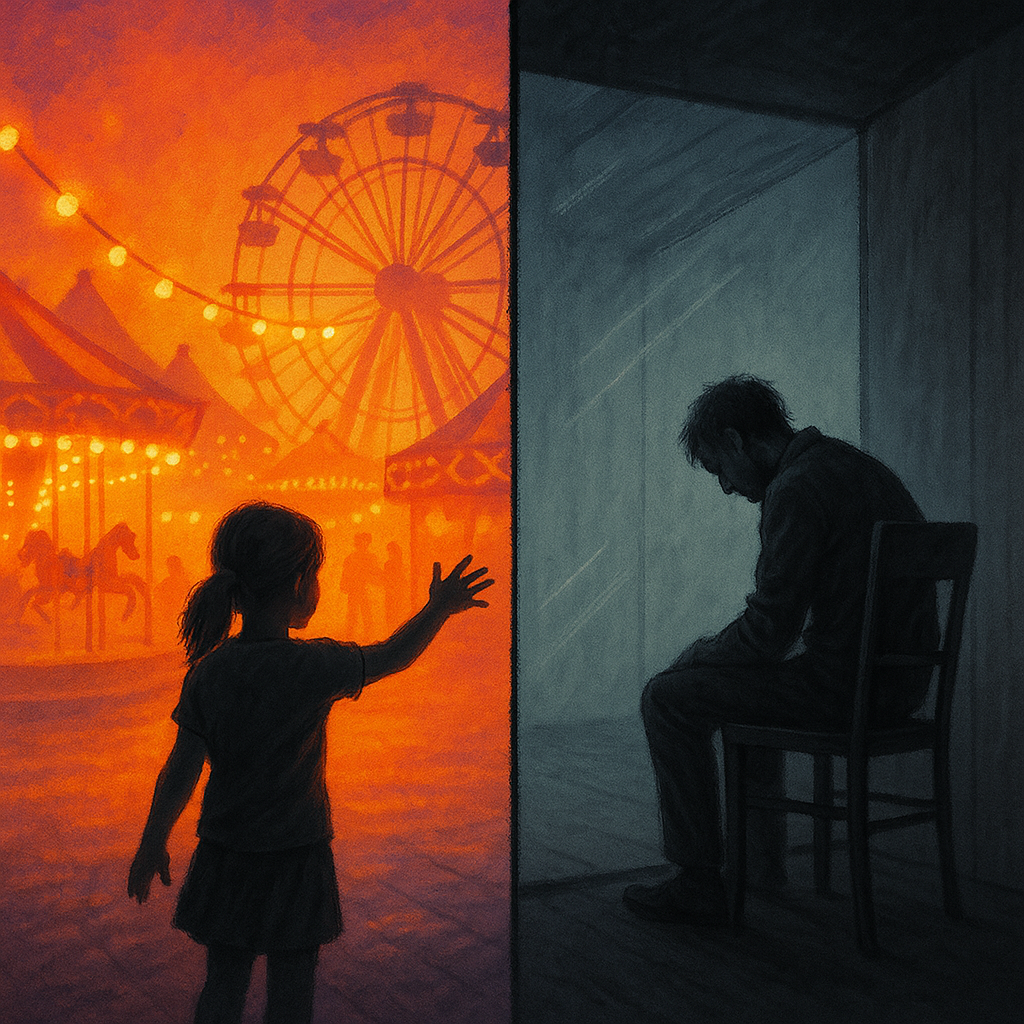The Pattern
The End Of Two


In one of my other articles, I made some comment about those hearings that senators—or whatever they are—spend their days in. Then a recent one popped up on my YouTube feed, so I took a look to see how it was going.
I watched as some important blonde lady sat being grilled by all the other participants. Mainly, they would hurl questions at her regarding this or that event from the past, asking either why did that happen or what do you know about it—and all she would say in response was, “I’m not at liberty to discuss that.” Eventually, they all seemed to wonder what the hell she would talk about.
Sometimes, in response to an attack, she would bring up some questionable allegation in the questioner’s own past that linked them in some dubious way to the very questions they were posing to her. I believe that’s called tit for tat. It all went round and round this way, and that’s all—but let me tell you what’s really happening on another level.
The defense mechanism—the false self—strengthens its position. All confrontations are really for that, not for the information in question, because there is no information that isn’t fantasy or made up. As the questioners become clearly frustrated, this mechanism strengthens itself without their knowledge. It’s happening on both sides, so it’s never relevant who’s got the upper hand.
This is basically the basis for all drama. The false self needs to continuously reassert itself again and again so its host never notices what it is or what it’s doing. It’s a clever tactic, to say the least—and truly ingenious. This one movement of mind makes the world go round. Let’s just put it this way—all drama depends on it, and without it, there isn’t any.
The Loop
In essence, it continuously creates the world most live in by bringing up this or that irritation again and again, eliciting a response from the human body—or the pattern, which is the same thing—an energy field. This loop generally goes on from birth to death. Inside it, the thoughts keep spinning, and as they do, they grab hold of the most prominent themes available—or what seems relevant to focus on right then, leaving no gaps in between.
Life feels and presents itself as real. It’s heading somewhere, even if it isn’t. For anyone caught in this loop—which is basically everyone—life is however they think it is and never changes.
What makes their imagination grab hold of one thing instead of another is importance—or a sense of urgency. That’s really what people are talking about when they use the word trauma. The energetic pull of the pattern gets embedded. It learns that something is dire, and the reaction of fear creates a disturbance—a black hole that pulls on one’s attention.
The Example
Let’s say your child is three. You’re at Chuck E. Cheese’s (not sure if those are still around, but my own kids went there often) and it’s time to go.
You tell your child something like ten more minutes, and they ignore you completely. You start to gather your things—your purse, the jackets, whatever—and try again.
Your child’s been running around having a great time, so in your mind this whole outing has been a success. You’ve been beaming at yourself for what a great parent you are—so nice, so loving.
The child’s been mesmerized by all the games and music, the characters, the show—it’s been exciting for him. But now you’re pulling the plug.
You’re about to take him out of that fantasy world back to the car seat where he’ll be unable to move again. On some level, he knows this, because even at that age, they’re not stupid—not yet.
You try again, mustering your patience. But you have no idea what you’ve just set in motion.
Life, in its essence, was meant to feel like that place—bright, chaotic, full of movement and sound—a living carnival of discovery. But since most adults exist in a subdued, domesticated state, what now passes for “normal” is really just safety and repetition. The child leans toward the wild and the wondrous because that’s closer to what sanity would look like if we hadn’t traded aliveness for order.
Now your kid has a full-blown breakdown.
He wriggles out of your grasp, runs back across the room, and you chase him down. Your blood boils a little hotter. On some underhanded level, you think, you’re done being nice.
You grab him tighter, determined to leave. He screams and collapses on the floor in protest. You drag him toward the door, neck burning with shame and rage, thinking, I didn’t come here for me but for you—and this is how you thank me?
By the time you strap him into the car seat, you’re exhausted and furious.
The child will feel your disapproval and withdrawal of love and internalize it. The one person he should have been able to trust completely has betrayed him.
Congratulations, a pattern is born.
The Unraveling
In some strange way, it goes in the opposite direction. The patterns fall away on their own, mysteriously, in rhythm. Life is highly intelligent—that’s what you find out. It makes the whole inner mess, and then, one by one, takes it all back as if none of it ever was.
Slowly, ever so slowly, you relearn to trust this thing called life. You start to see the whole thing as a well-put-on play that no human could ever write—not even Shakespeare could compete with the twists it comes up with.
The imagination and ingenuity are truly out of this world.
The Prison of Comfort
The goal was never to get comfortable within the prison cell—to decorate it with a fluffy couch, soft blankets, and a wall of affirmations to make it look like freedom.
The goal was never comfort at all. Fuck happiness if that’s where it leads.
The goal is to keep the imagination alive—to keep growing the capacity to meet life as it shows up, unguarded, unsanitized, unafraid.
We imagined the whole ride.
So what?
I say that’s genius. That’s creation itself, wearing a human face.
The trick was never to stop imagining—only to stop mistaking it for a cage.
